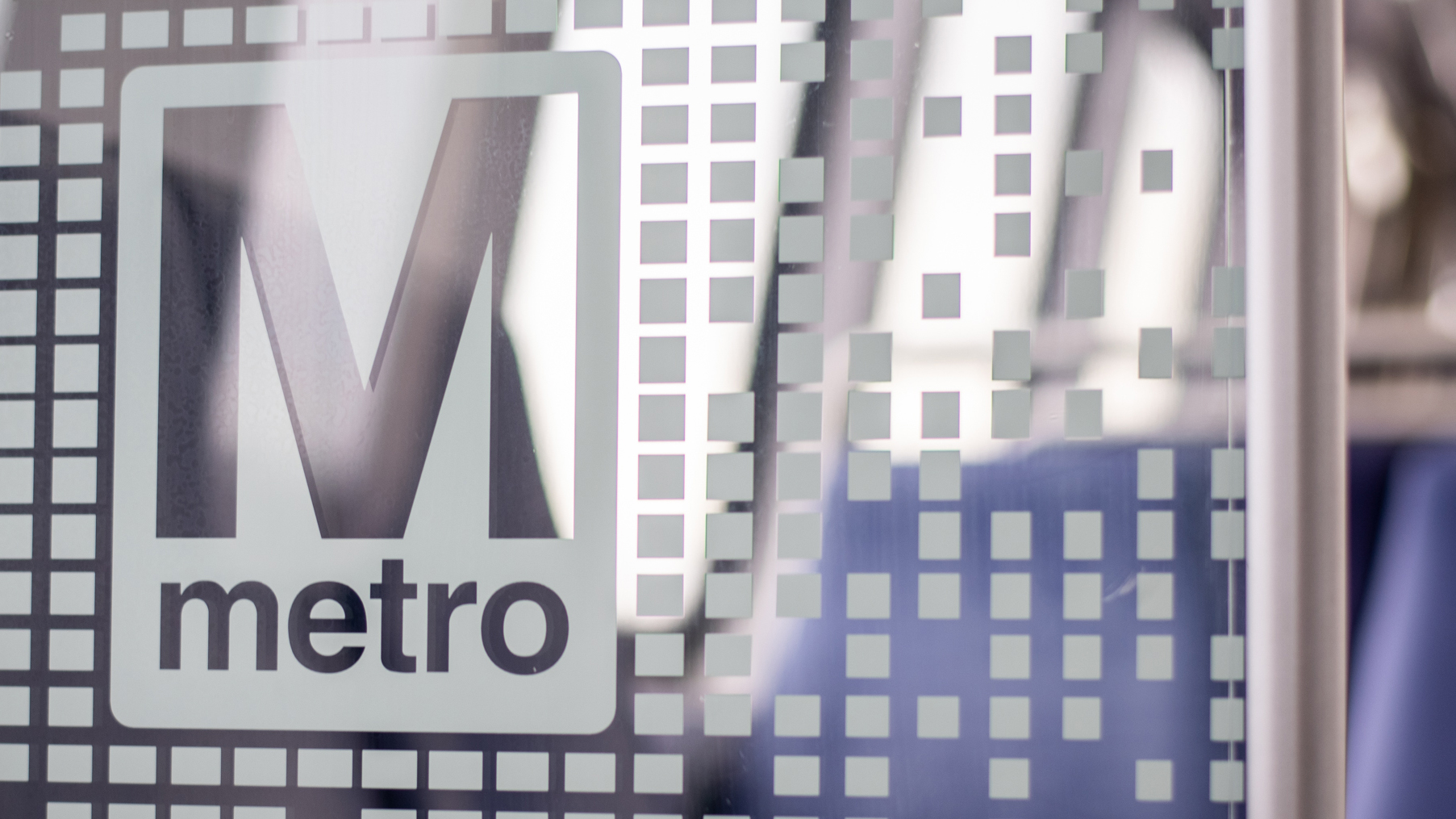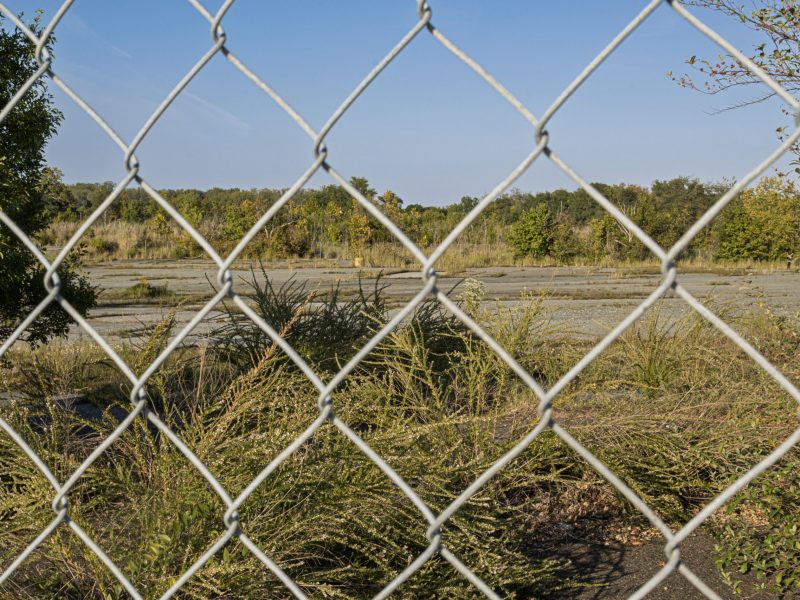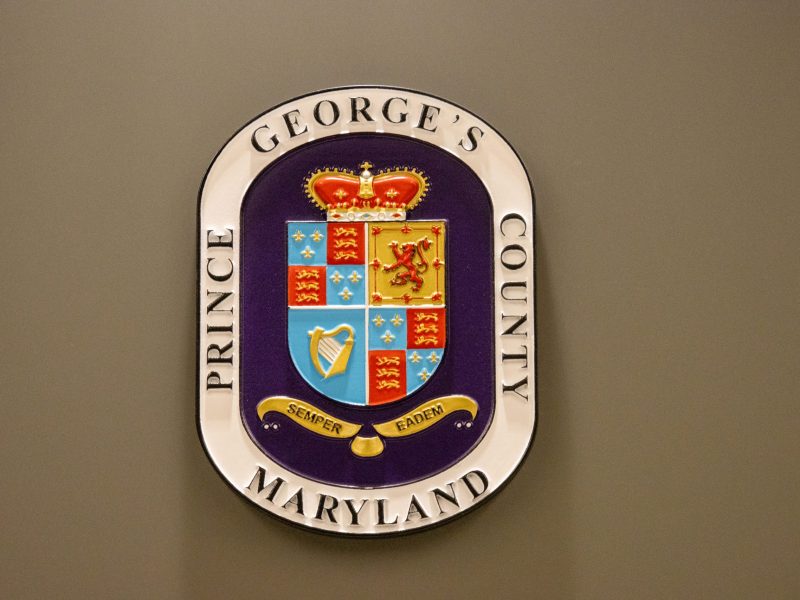Para leer este artículo en español, haga clic aquí.
The Metro could be extending its Blue Line service to the College Park Metro Station and adding a station in Georgetown, following a study that assessed solutions to issues of capacity, reliability, sustainability and equity on the Blue, Orange and Silver lines.
The Washington Metropolitan Transit Authority’s board of directors will meet Thursday to discuss the findings of the study, which began in 2019. Over the course of two years, the researchers have held public workshops, an online survey and presentations to gather feedback from riders about solutions to existing problems with the three lines.
Since the Blue, Orange and Silver lines run through one tunnel and set of tracks — a process called interlining — there has been over-crowding, delays, construction disruptions, a lack of long-term sustainability and inaccessible services that were particularly present during peak hours before the pandemic.
Using a cost-benefit analysis, the study came up with six alternatives to these problems: a no-build plan, a low-capital cost proposal, a Blue Line extension to Greenbelt, a Blue Line extension to the National Harbor, a Silver Line express in Northern Virginia and a Silver Line extension to New Carrollton.
[Here’s how to travel to DC as Green Line Metro closures persist]
The Blue Line to the National Harbor is expected to have the highest level of benefits, which includes new stations and services that could increase job accessibility in lower-income areas.
With this solution, the Blue line would connect to a new station in Rosslyn, rather than the existing Arlington Cemetery station. From the Rosslyn station, the Blue line would run to a new Georgetown station.
The addition of a Blue Line extension to Greenbelt will connect northeast stations, including College Park.
However, a proposed direct bus service to reduce congestion on the Blue, Orange and Silver lines is the most cost-effective proposal, according to the study. But the study notes that about 3,000 riders would have to opt to use this bus service instead of the Metro. It would also require more infrastructure, such as bus lanes, to be built in the city.
Tentatively, the study will gather more public input this fall, and the WMATA board is expected to make a final decision on a solution next year.



